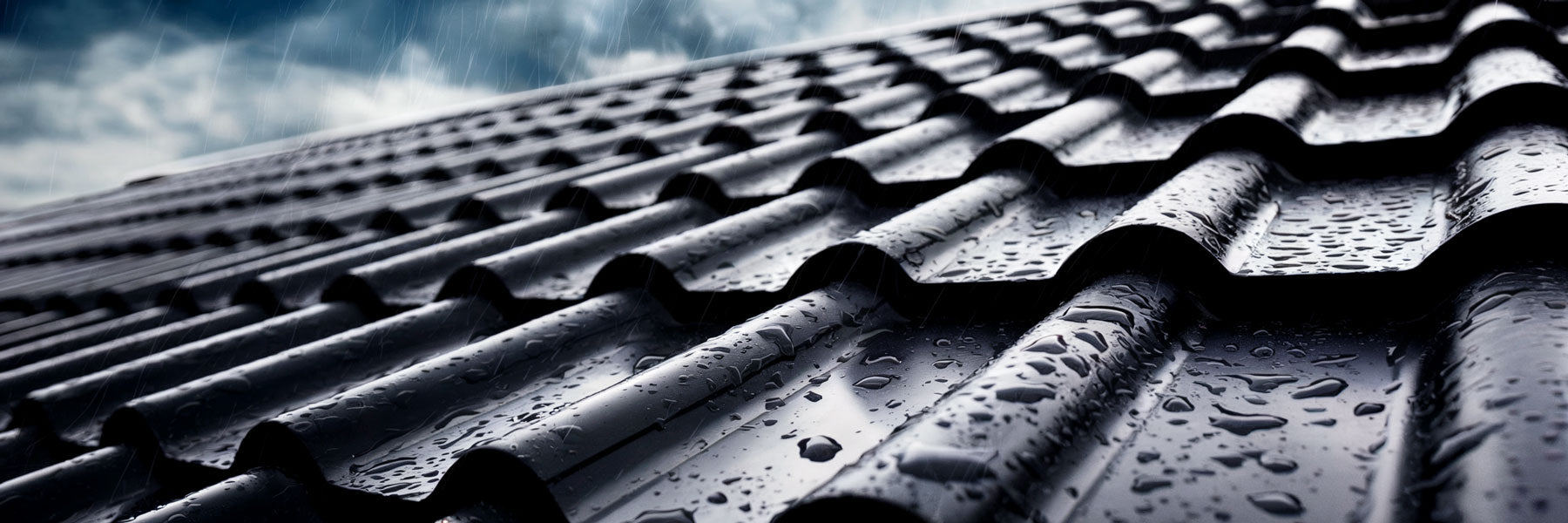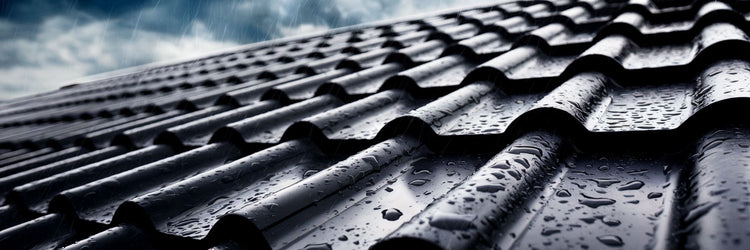Weatherproofing Metal Roof Installations: A Comprehensive Guide
Weatherproofing is a critical step in any metal roof installation. It ensures your roof can withstand the elements and protects your home from leaks and water damage. This guide will cover everything you need to know about weatherproofing your metal roof, from choosing the right materials to proper installation techniques.
Why Weatherproofing Matters for Metal Roofs
While metal roofs are inherently durable and long-lasting, proper weatherproofing enhances their performance and extends their lifespan. Here's why it's essential:
- Prevents Leaks: Weatherproofing seals vulnerable areas, preventing water from seeping into your home.
- Protects Against Damage: It shields your roof from rain, snow, wind, and UV rays, minimizing wear and tear.
- Enhances Durability: Weatherproofing helps your metal roof withstand harsh weather conditions and last for decades.
- Improves Energy Efficiency: Proper sealing and insulation can improve your home's energy efficiency by reducing drafts and heat loss.
Steps to Weatherproof a Metal Roof Installation
Weatherproofing a metal roof involves a systematic approach to ensure complete protection. Here's a step-by-step guide:
1. Inspect the Roof
Before starting any weatherproofing work, thoroughly inspect the roof for any existing damage, such as:
- Rust or corrosion: Look for signs of deterioration on the metal panels.
- Loose or missing fasteners: Check for any loose screws or missing components.
- Damaged flashing: Inspect the flashing around chimneys, vents, and skylights for cracks or gaps.
- Signs of leaks: Look for water stains or signs of moisture inside your home.
2. Clean the Roof Surface
Thoroughly clean the roof surface to remove any debris, dirt, or contaminants that could interfere with the adhesion of weatherproofing materials. Use a broom, blower, or gentle washing techniques to prepare the surface.
3. Apply a Primer (if necessary)
Depending on the type of metal and weatherproofing materials used, a primer may be necessary to enhance adhesion and provide an additional layer of protection. Consult with your roofing contractor or product manufacturer for specific recommendations.
4. Install Flashing and Sealant
Flashing is crucial for directing water away from vulnerable areas like chimneys, valleys, and roof penetrations. Install flashing correctly and use a high-quality sealant to create a watertight seal around these areas.
5. Apply a Protective Coating
A protective coating adds an extra layer of defense against the elements. Choose a coating specifically designed for metal roofs and apply it evenly across the entire surface.
Types of Weatherproofing Materials
Several types of weatherproofing materials are commonly used for metal roofs:
- Silicone Coatings: Known for their durability, flexibility, and UV resistance.
- Acrylic Coatings: Offer good waterproofing properties and are available in various colours.
- Polyurethane Coatings: Provide excellent protection against harsh weather and UV radiation.
- Butyl Rubber Sealants: Highly effective for sealing seams, joints, and fasteners.
How to Tell if Your Metal Roof Needs Weatherproofing
Look for these signs that indicate your metal roof may need weatherproofing:
- Leaks or water stains: Visible signs of water damage inside your home.
- Rust or corrosion: Deterioration of the metal panels.
- Loose or missing fasteners: Compromised structural integrity.
- Damaged flashing: Gaps or cracks around chimneys, vents, or skylights.
- Worn or faded coating: Loss of protective properties on the roof surface.
Benefits of Weatherproofing
- Extended Roof Lifespan: Protects against damage and wear, increasing the longevity of your roof.
- Protection from Water Damage: Prevents leaks and moisture infiltration.
- Improved Energy Efficiency: Reduces drafts and heat loss, leading to energy savings.
- Reduced Maintenance Costs: Minimizes the need for repairs and replacements.
Frequently Asked Questions
What is the purpose of weatherproofing a metal roof?
Weatherproofing prevents air and moisture infiltration, protecting your home and extending the roof's lifespan.
Can I weatherproof an existing metal roof?
Yes, both new and existing metal roofs can be weatherproofed.
Is DIY weatherproofing advisable?
While some tasks can be done DIY, professional installation is recommended for optimal results.
By following these guidelines and investing in proper weatherproofing, you can ensure your metal roof provides lasting protection and enhances the beauty and value of your home for years to come.

